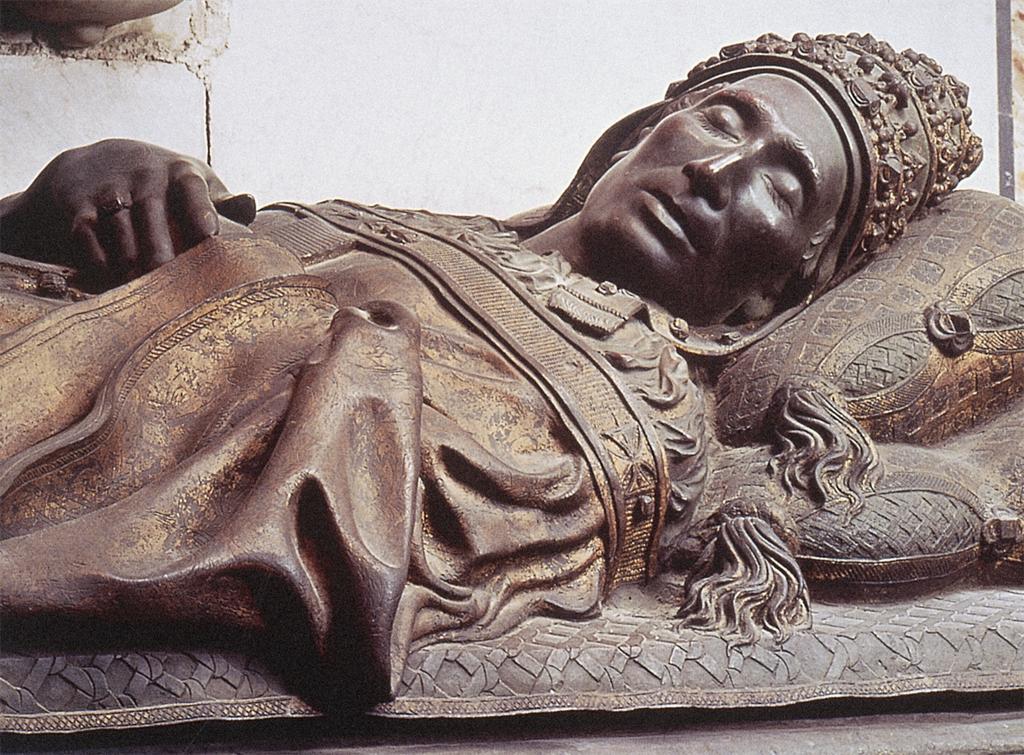Pope Innocent VIII was the 213th person to hold office. He led the Church for nearly eight years during the war and widespread witchcraft fear. It was a turbulent time for the Italian peninsula, and the Pope’s politically motivated actions only exacerbated the anarchy. His conflicts would not be resolved until long after his death. Do you know Why was Pope Innocent VIII Breastfed on His Deathbed?
Pope Innocent VIII was breastfed on his deathbed because it was the only thing he could eat or drink.
Who was Pope Innocent?
Historians do not think highly of the Pope’s reign. His actions, considered unworthy and immoral by some, resulted in a contentious reputation that endures to this day. The Pope’s actions harmed the Church, causing debt problems and questionable practices that plagued the Church and the Papal States for years.
He was born Giovanni Battista Cibo before becoming Pope Innocent VIII. Cibo was born in Genoa and came from a long line of Genoese ancestors. His father was a well-known senator in Rome. Cibo thus spent the majority of his youth at the Neapolitan Court.
Eventually, Cibo was appointed a Canon of the Cathedral of Capua. However, disputes with the Archbishop of Genoa caused him to resign. He then went to Padua and Rome for his education. (Source: Pope History)
Pope Innocent’s History with the Church
In Rome, Giovanni Battista Cibo’s time with the Church took off. He became a priest and worked for Cardinal Calandrini. Pope Paul II appointed him Bishop of Savona nearly two decades later, but the position only lasted a half-decade. He exchanged his sea for one in Molfetta in 1472, allowing him to relocate to southeast Italy.
Pope Sixtus IV, whom he would eventually succeed, made him a Cardinal the following year. Giuliano Della Rovere, who would later become Pope Julius II, was a major influence in his appointment as Cardinal.
When Pope Sixtus IV died in 1484, the papal conclave was plagued by problems. As factions within the conclave began to plot behind the scenes, gangs reportedly rioted in the streets. The election was heavily politicized. Voters were said to be swayed by promises of simony and benefices. (Source: Pope History)
The Papal Throne
Not long after ascending to the papal throne, Pope Innocent VIII called for a crusade against the Turks. However, one impediment stood in the way of his call to Christendom. He had to overcome a disagreement with King Ferdinand of Naples. After excommunicating King Ferdinand, the Pope invited King Charles VIII of France to claim the Kingdom of Naples. This act of political defiance would plunge Italy into chaos for decades. It caused problems that would last long after the Pope died.
His crusade against the Turks was ultimately unsuccessful. That was not his only controversial move.
Pope Innocent VIII also backed the Ottoman Empire’s ruler, Sultan Bayezid II, and struck a deal to keep Sultan’s brother imprisoned at the Vatican. The Sultan’s brother attempted to usurp the Ottoman throne, making him a fugitive from the Empire. Pope Innocent VIII frequently threatened to release Sultan’s brother in exchange for a large sum of money.
The Pope’s policies were not popular among Italy’s states. In addition to the war with Naples, the Pope initiated several other conflicts that would deplete the papal treasury. In an attempt to solve financial problems, the Pope created and sold new posts. He was accused of bribery, which only harmed the Church’s reputation during his reign.
Another significant issue during his reign was witchcraft. Pope Innocent VIII issued a Papal Bull authorizing the prosecution of witchcraft suspects. He collaborated with the German inquisitor Heinrich Kramer, to whom he explicitly delegated the authority to prosecute suspects. This bull was abused and exploited for political gain. (Source: Pope History)
